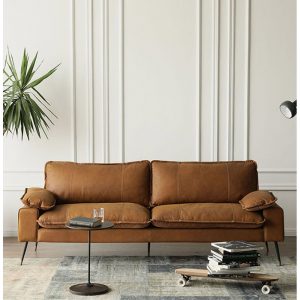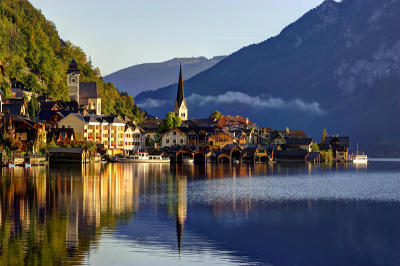You’ll quickly discover that Singapore’s relentless 80-90% humidity levels create a hostile environment for your leather sofa investment. The tropical climate accelerates moisture absorption into leather fibers, causing surface tackiness, color bleeding, and compromised grain structure within months of purchase. Without understanding how different leather treatments—from full-grain to corrected finishes—respond to excessive moisture, you’re fundamentally gambling with thousands of dollars. The key lies in recognizing which protective measures actually work before irreversible damage sets in.

Understanding Singapore’s Climate Impact on Different Leather Types
While Singapore’s tropical climate creates an ideal environment for luxury living, it poses distinct challenges for leather furniture depending on the hide’s origin and processing method. Full-grain leather demonstrates superior resilience against humidity fluctuations, maintaining structural integrity through its dense fiber composition. Your leather sofa’s longevity depends significantly on tanning techniques—vegetable-tanned hides develop distinctive patina but require consistent conditioning, while chrome-tanned variants offer enhanced moisture resistance. Top-grain leather provides balanced performance, though splits and bonded alternatives deteriorate rapidly under persistent humidity. Understanding these material characteristics ensures you’ll select appropriately treated hides that complement Singapore’s demanding environmental conditions.
Recognizing Early Warning Signs of Humidity Damage
How can you identify humidity damage before it becomes irreversible? You’ll notice subtle textural changes first—leather surfaces developing slight tackiness or unusual softness. White crystalline deposits indicate salt migration from excessive moisture absorption. Surface discoloration appears as darkened patches or uneven tonal variations across panels. Check for mold formation in seams and crevices, presenting as dark spots or fuzzy growth. The leather’s natural grain pattern may blur or distort. You’ll detect musty odors emanating from cushions. Premature cracking along stress points signals moisture-induced fiber breakdown. These early indicators require immediate intervention to preserve your investment’s structural integrity and aesthetic appeal.
Essential Protection Strategies for High-Humidity Environments
Protecting your leather sofa from Singapore’s relentless humidity requires implementing multiple defense layers before damage manifests. You’ll need strategic air circulation using ceiling fans positioned to create cross-ventilation patterns around your furniture. Install dehumidifiers maintaining 45-55% relative humidity levels, monitoring with digital hygrometers for precision. Apply specialized leather conditioners containing lanolin or neatsfoot oil biannually to maintain suppleness and water resistance. Position your sofa away from external walls where condensation occurs, ensuring minimum six-inch clearance. Utilize moisture-absorbing sachets containing silica gel beneath cushions. These proactive measures preserve leather’s structural integrity against Singapore’s challenging tropical climate conditions.
Professional Maintenance and Long-Term Care Solutions
Although preventive measures form your primary defense against humidity damage, engaging certified leather restoration specialists ensures comprehensive care that extends beyond routine maintenance protocols. These professionals utilize advanced conditioning treatments, pH-balanced formulations, and specialized equipment to address deep-seated moisture infiltration and structural deterioration.
Professional services include systematic leather analysis, targeted reconditioning processes, and protective coating applications that maintain your sofa’s aesthetic integrity. Annual professional assessments identify early degradation signs, preventing costly replacements. Their expertise in leather chemistry and climate-specific treatments provides superior preservation strategies, ensuring your investment retains its luxurious appearance and structural soundness throughout Singapore’s challenging humidity conditions.
